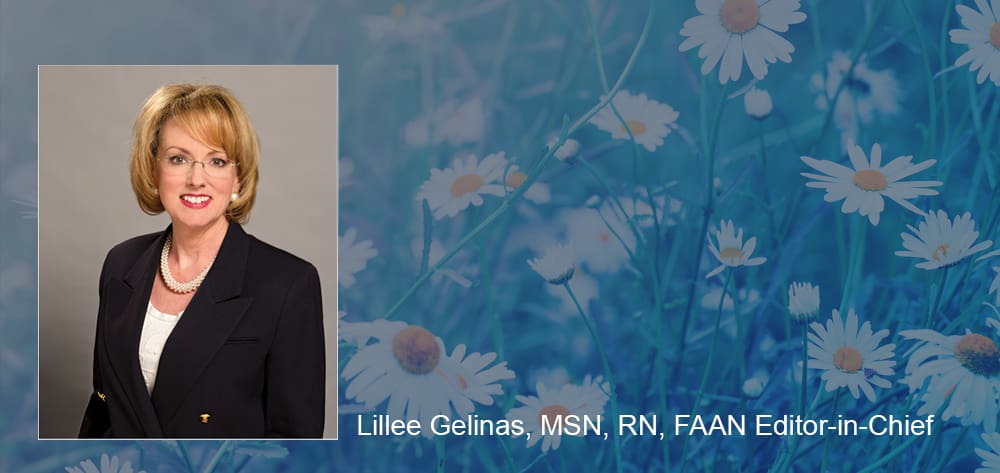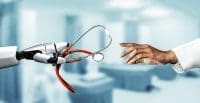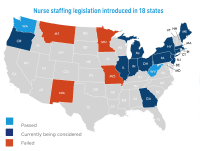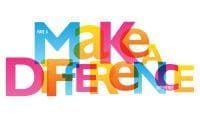The importance of nursing to patient well-being is a time honored concept, but often difficult to measure. If it were so easy to quantify, we would stop debating “the business case for nursing” and trying to prove the “value of nursing” in hard dollars. We would clearly know the nursing return on investment, or ROI.
So why does the healthcare industry have such a hard time appreciating the full benefit of “nursing work”? This question seems harder for nurses than for those we serve, who can more readily provide the answer. Just look at the more than 425,000 stories that have been written about nurses by patients and families as part of the DAISY award program.*
During my National Nurses Week “Recognition Rounds” in our hospitals, I witnessed an example of the value of nursing: bedside shift report saved a life.
Jennifer’s story
Jennifer is an RN who has worked for 6 years on a typical, busy med-surg unit full of complex patients. Recently, as the oncoming day shift nurse, Jennifer and her night shift colleague entered a patient’s room for bedside shift report. They found the patient pale and unresponsive with dropping oxygen saturation levels. The rapid response team was called and arrived quickly. Immediate intubation and transfer to ICU occurred within minutes.
“Bedside shift report saved this patient’s life,” Jennifer says. “If we had given report the traditional way in the nurses station, it would have prolonged my entering the room and performing my morning assessment. I am a strong advocate for this type of hand-off nursing communication.”
Being present
Bedside shift report demonstrates nurses’ value and emphasizes the importance of nurses being “present” to do our work, despite the many tasks that pull us away while we manage care in chaotic environments with constant distractions.
Tuning into the highly variable needs of patients who are ill, suffering, and vulnerable is an important aspect of caring which occurs by “being present”. It requires connecting and interacting in both meaningful and clinical ways. When nurses are “fully present,” “tuned in,” and centered, our responses are faster and our minds are clearer. We are calmer, think better, and are more decisive. The best way to master being present is to practice, practice, practice. Bedside shift report is a practice that allows us to be fully present and tuned in.
Making the invisible visible
Bedside shift report is a “leading practice,” yet we struggle with ensuring it becomes common practice—happening every day, in every way, with every patient. But with hundreds of stories like Jennifer’s, making the business case for bedside shift report is easier through a return on investment measured in lives saved and outcomes improved. There is measurable value from being present at the bedside, as exemplified through bedside shift report.
These stories demonstrate that nursing’s most important work can be subtle, almost invisible. It requires critical thinking and connecting the physiologic dots. This mindful way we process patient status is what differentiates nursing; we use intuition as intervention, the ability to highly integrate nuances others might not see. The perceptive acts of nursing, those invisible talents that are best displayed through our professional discipline, clinical knowledge, and engagement with our patients, can only be fully realized and become more visible when we are at the bedside — the best place for critical caring.
Lillee Gelinas, MSN, RN, FAAN
Editor-in-Chief
*The DAISY Award™ for Extraordinary Nurses was created in 1999 as a way to honor what nurses do every day that makes a difference in the experience of their patients and families.

















